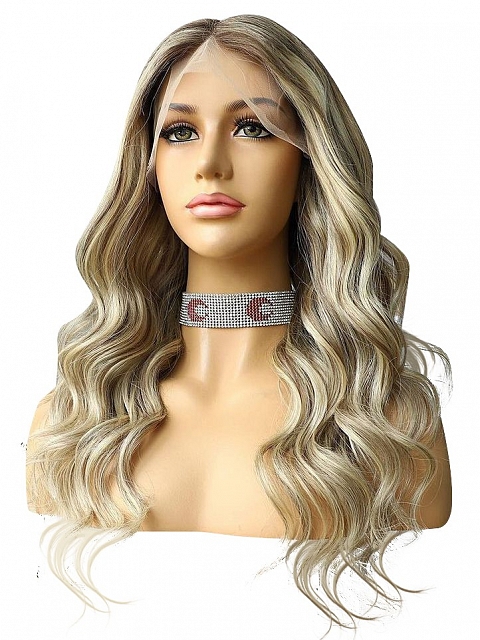Background Intro
Hair is almost everywhere, not just your scalp, your body, but also your eyes, nose, and lips. Light, fine, short hair is called vellums hair. Among postmenopausal women, as many as two-thirds suffer hair thinning or bald spots. The phenomenon of female pattern hair loss has attracted attention from public. Today, we will take a closer look at female pattern baldness and provide you with a comprehensive hair loss treatment.
Related: What Makes Hair Toppers The Wonderful Choice For Thinning Hair?
What’s female pattern hair loss?
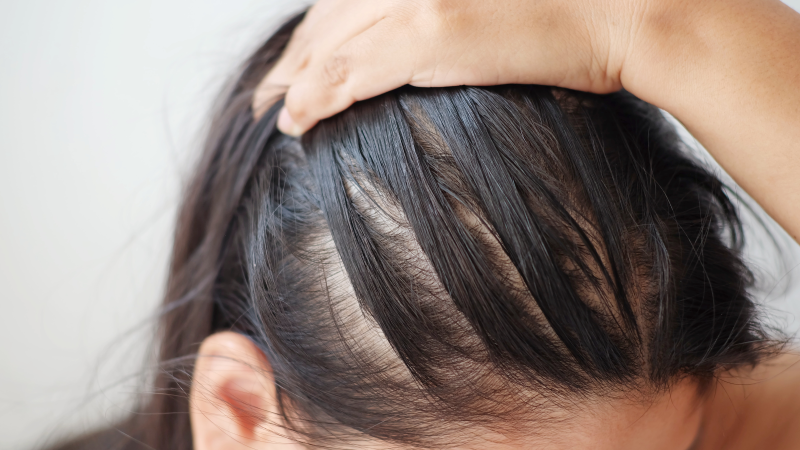
Hair goes through three cycles: The growing phase generally refers to about 85% of the hair on your head. The transition phase is the time that hair follicles shrink. At the end of the resting phase, the hair falls out.
Female pattern baldness (androgenic alopecia), where a woman experiences severe and sudden hair loss. It begins with gradual thinning at the part line. However, it is not the presence of a hair loss condition that makes it female pattern baldness. The average human loses 50 to 100 hairs per day, and hair loss within this range is normal. In other words, hair loss is also a reflection of natural balance: old hair falls out and new hair grows. Once this balance is broken, the amount of hair loss will far exceed the amount of hair growth, and this is when the symptoms of hair loss occur.
What are the types of hair loss in women?
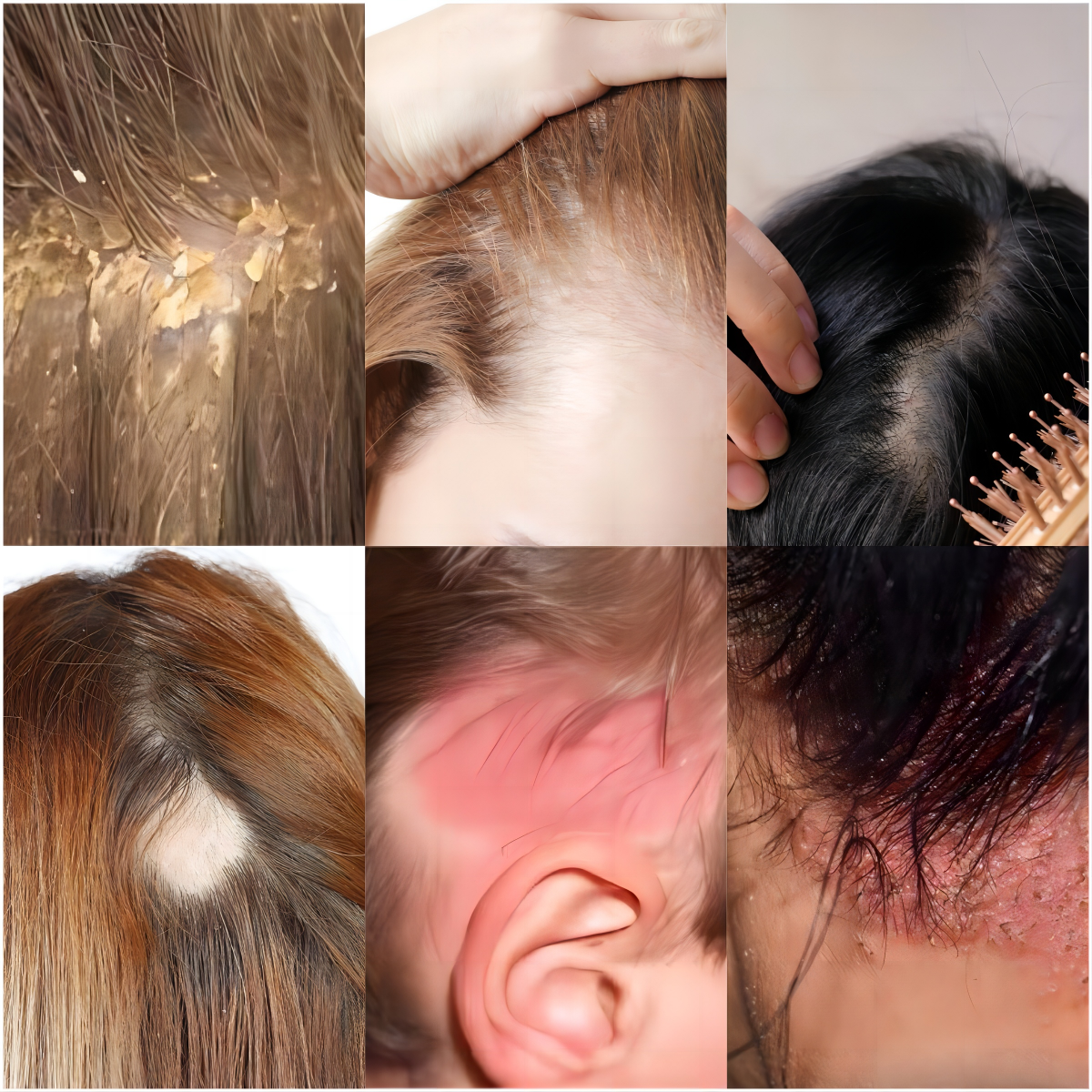
There are lots of different types of hair loss. You may notice sudden hair loss or a gradual thinning over time.
- Androgenetic Alopecia. It is the most common type of hair loss. It is hereditary, but modern medical technology and targeted medications can still address the problem.
- Telogen Effluvium. Telogen effluvium - when hair growth stops. During this time the hair follicles stop growing hair.
- Anagen Effluvium. Refers to rapid hair loss due to medical treatments. These are special drugs that kill the virus but also affect the functioning of normal cells, such as the scalp hair follicles.
- Alopecia Areata (patchy hair loss). It is an autoimmune disease. The body's immune system attacks cellular tissue, including hair follicles, causing hair loss and preventing new hair regrowth.
- Tinea Capitis. Also known as "ringworm of the scalp", this is a fungal infection of the scalp that causes hair loss. It causes hair to fall out in pieces. The infected area looks scaly and the skin is itchy.
- Cicatricial Alopecia. People often refer to this as scarring alopecia. Inflammation of the scalp destroys hair follicles, causing hair to never grow in specific areas.
What are the symptoms of female pattern hair loss?
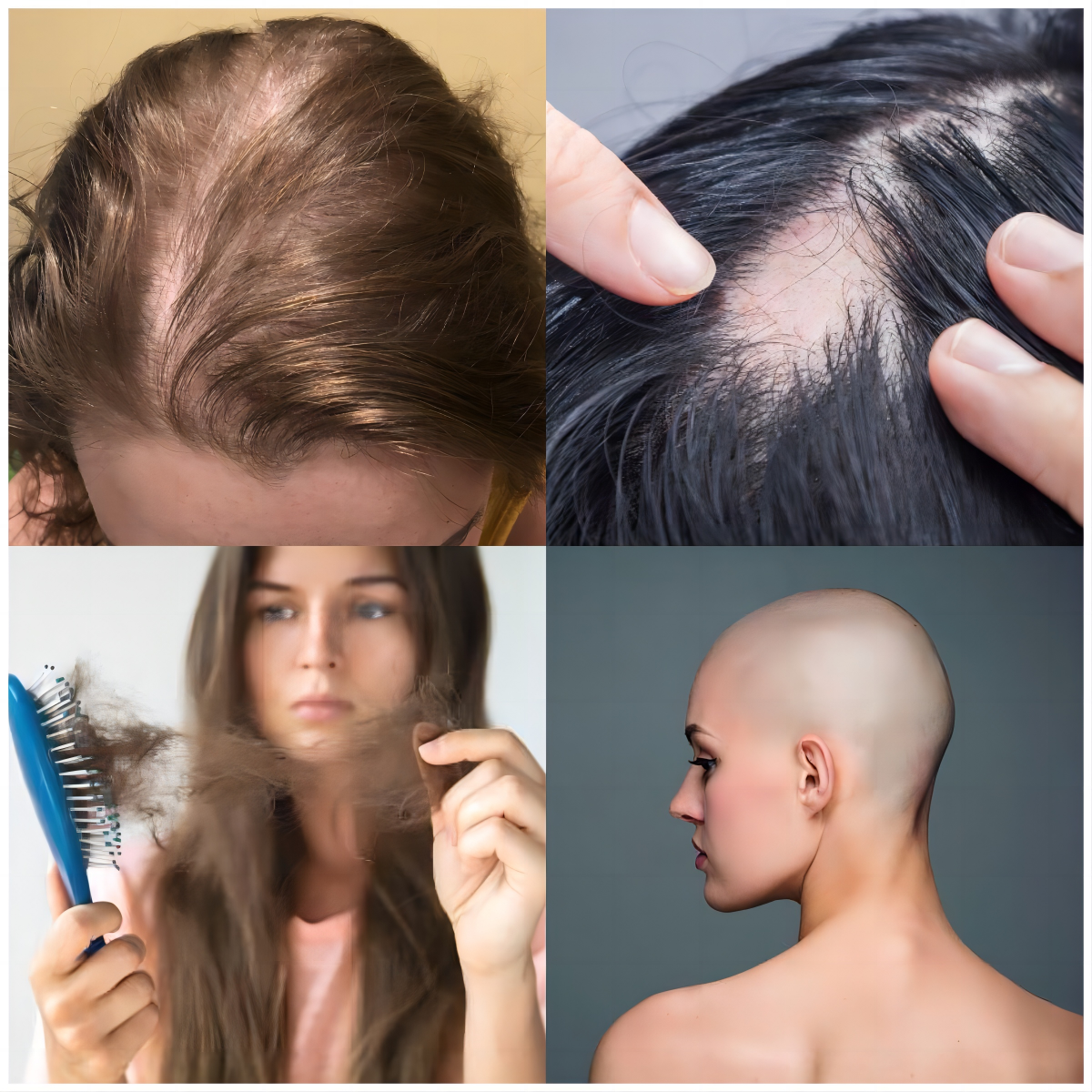
There is not one symptom of female pattern hair loss; it can take many different forms, depending on the cause of the hair loss. Severe hair loss not only affects your scalp, but also your entire body. Symptoms of female pattern hair loss include the following.
- Thinning hair on the top of the head. This is the most common symptom. Hair loss can get worse with age. Women tend to notice a receding hairline (frontal fibrosing alopecia).
- Block baldness. You may have seen round or patchy baldness (bald spots) that is not limited to the top of the head, but may also appear on the eyebrows and beard.
- Loose hair roots. When you are washing or brushing your hair and notice thinning on your scalp, you are probably experiencing hair loss. Mental and physical shocks can also cause hair roots to loosen.
- Bald head. Some treatments can cause hair loss, such as chemotherapy. But the hair will grow back after the treatment is over.
What are the main reasons for hair loss in women?
#1 Genetic inheritance
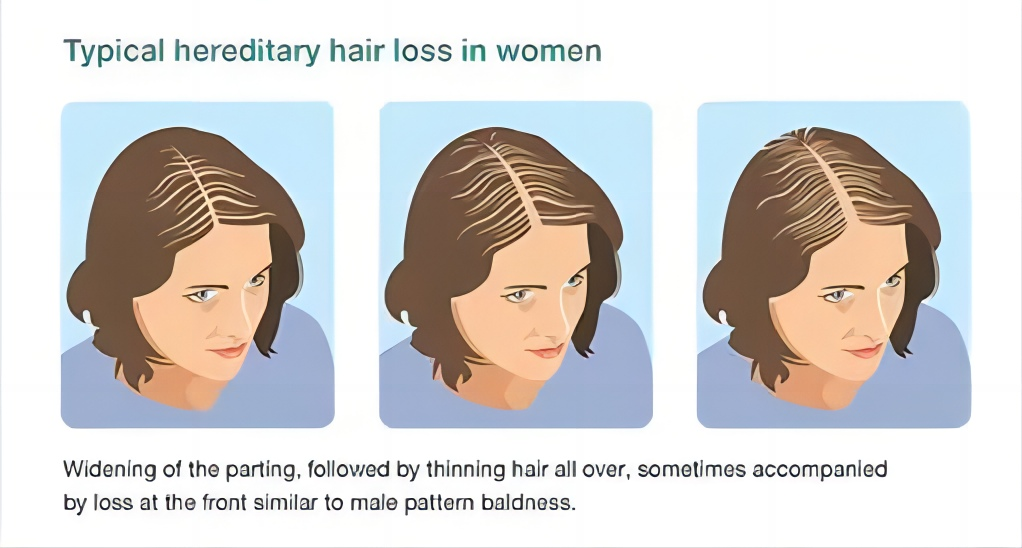
Whether male or female, hair loss caused by genetic inheritance (hereditary hair loss) is often unavoidable. It is a permanent hair loss. You may have inherited the gene for hair loss from one of your parents, or perhaps both. This is a common factor in female pattern hair loss.
Genetic hair loss in women usually occurs after the age of 40. Women tend to be more emotional and often become depressed because of hair loss, which seriously affects the quality of daily life. If you treat it actively, you can stop hair loss and let hair grow back.
#2 Hormonal imbalance
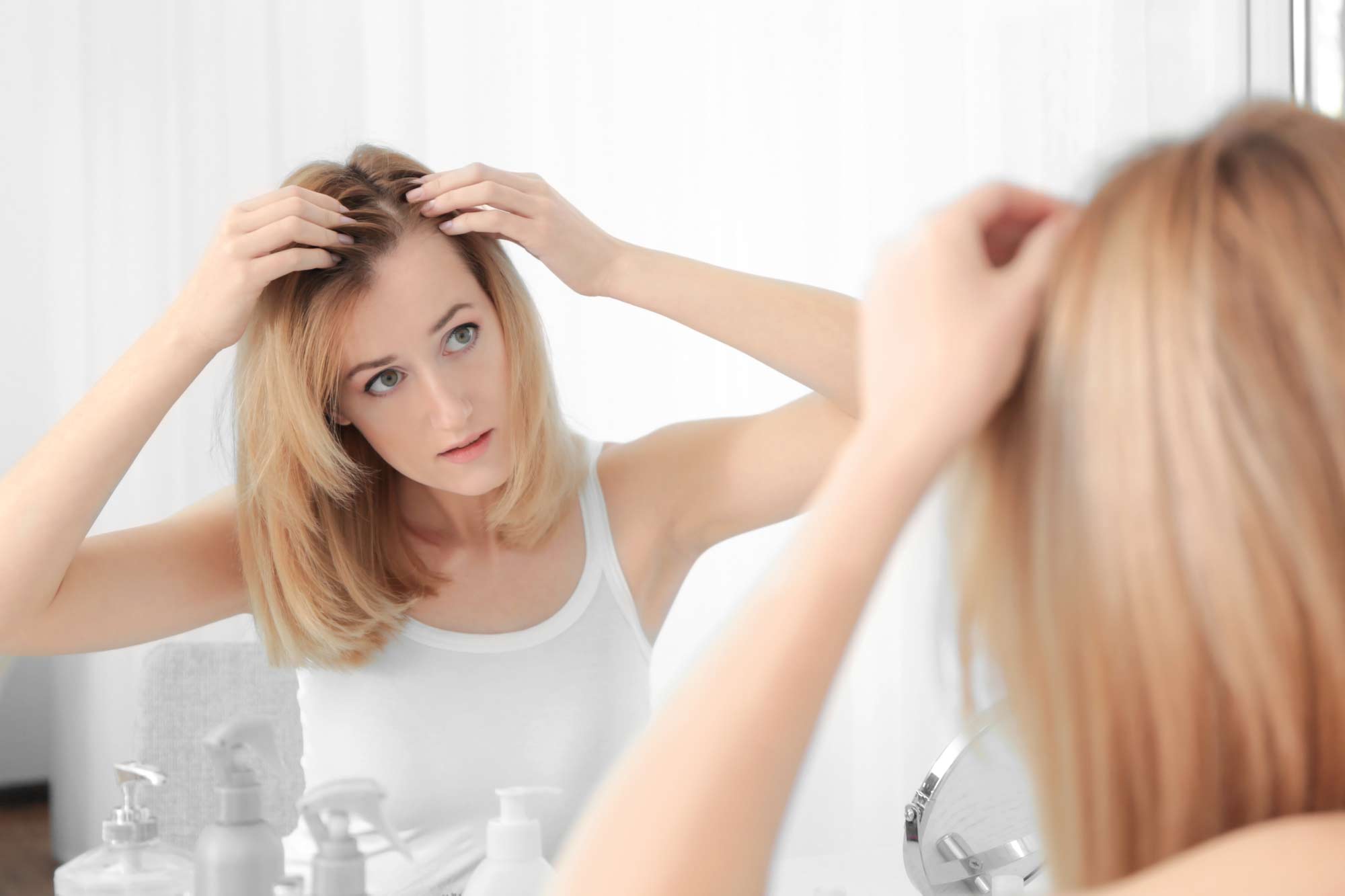
Excessive production of androgens (or male sex hormones) and hormonal imbalances are the main causes of androgenetic alopecia. This is also a common factor in female pattern hair loss.
Hormone changes caused by pregnancy, menopause or birth control pills. Androgens make the hair follicles weak, which leads to increased hair loss. When estrogen levels drop, hair loss occurs. Fortunately, as your body adjusts to the new estrogen levels, hair loss should stop.
#3 Abrupt dieting

Many women are obsessed with continued weight loss and neglect the importance of good health. If your weight drops dramatically, it can cause sudden hair loss.
Diet is important to prevent hair loss. For one, your body will activate its self-protection system, maintaining only what it needs to survive and withdrawing other functions. For two, your body doesn't get enough nutrients so hair loss begins to appear.
#4 Thyroid problems
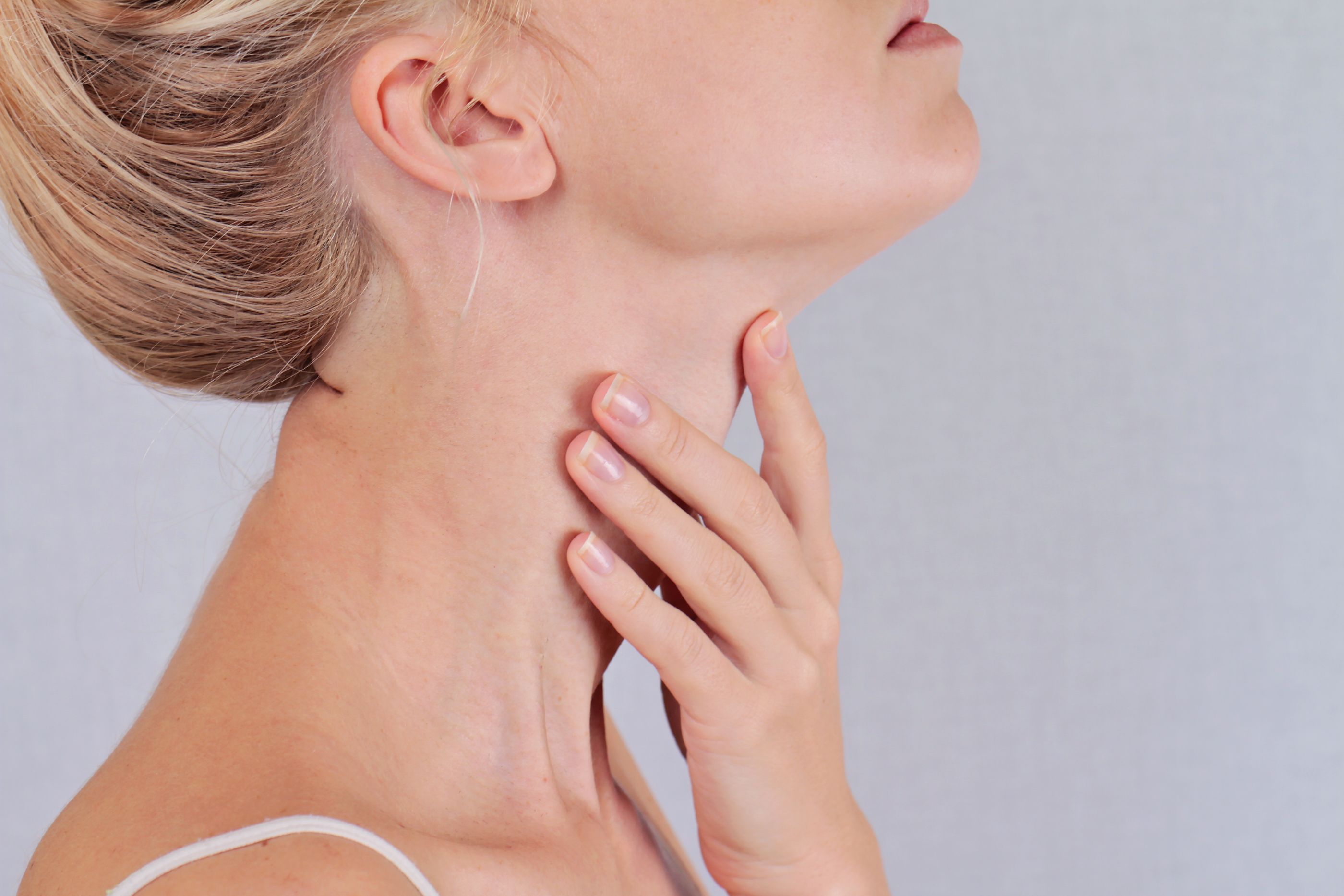
Problems with the thyroid gland can also cause hair loss in women. There are two conditions: hyperthyroidism and hypothyroidism. Hypothyroidism may cause anything from fatigue to weight gain and muscle weakness. In short, an increase or decrease in thyroid hormones can cause hair loss.
Not only that, but Graves' disease, an autoimmune disease of the thyroid, and Hashimoto's thyroiditis can both cause some degree of hair loss.
#5 Certain medications
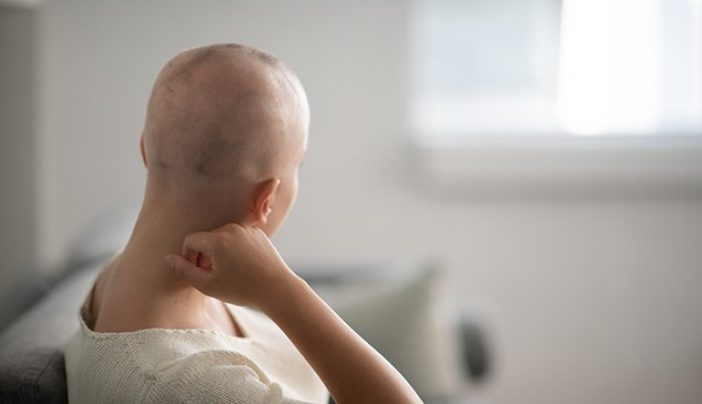
The side effects of some medical conditions may also cause hair loss in women. Your medications might be changed if what you take is found to affect hair loss or growth.
Oral contraceptives or anti-inflammatory drugs can cause thinning hair and even bald. Excessive amounts of vitamin A can also cause hair loss. The drugs needed for treating cancer can even cause thinner or missing hair or complete baldness. Fortunately, it is a temporary hair loss and once the course of treatment is over, hair loss will stop.
#6 Intense pressure

One of the causes of noticeable hair loss in women is intense stress. Extreme physical stress causes permanent hair loss in women. It can progress to partial or complete baldness. Women may lose hair after childbirth or another stressful event. Losing hair can be upsetting, too. They can all cause hair loss.
Emotional and physical trauma can lead to acute hair loss. When you experience stressful event such as the death of a loved one, you can become extremely sad, then hair loss begins.
#7 During childbirth
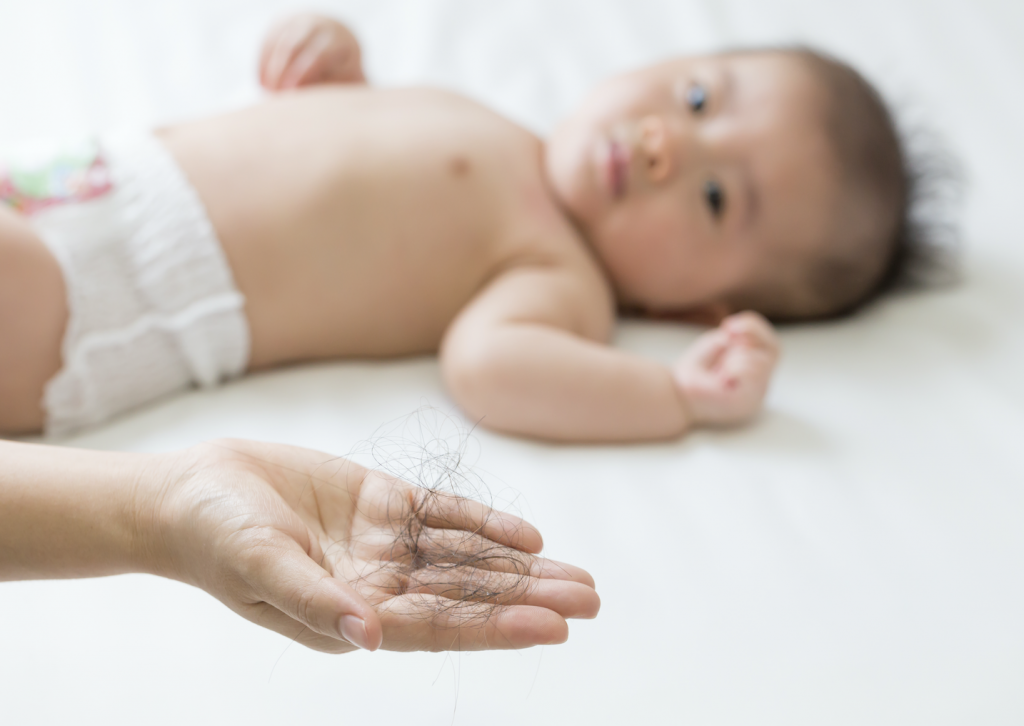
During a woman's pregnancy, she doesn't experience hair loss. This period lasts longer and you may experience less hair loss than normal, so your hair becomes thicker.
Once pregnancy is over, estrogen returns to normal levels. Hair loss will occur and you will stop growing hair. It's also common for women to lose more hair than usual up to 3 months after they've given birth. However, postpartum hair loss is only temporary and your hair can be restored through active care.
#8 Nutritional deficiencies

Vitamins and minerals are important for the body, and they help coordinate the hair growth cycle and cellular functioning. If you are deficient in these elements, hair loss will occur or your hair will grow slowly. Deficiencies in protein, zinc, and iron can all contribute to hair loss.
Women are already prone to iron deficiency due to blood loss during menstruation, so not taking in enough iron in the diet may cause thinning hair and lead to a condition called baldness.
#9 Hair styling

Some hair styling practices can damage your native hair and cause hair loss. This type of hair loss is called traction alopecia.
Every holiday season, many young girls like to have their hair styled. This requires various hot tools such as curling irons, straighteners, blow dryers, etc. These tools can make your hair dry or split. Some hairstyles, such as braids, and high ponytails can put stress on the scalp skin.
#10 Improper hair care

Hair care is also vital to hair health. In general, women's hair is longer in length compared to men's, so it draws more nutrients. As a result, women's hair requires more time and effort to maintain and makes it more difficult to keep it in a healthy state.
Using the wrong hair care products can cause damage and breakage to your hair. Of course, excessive use of hair care products can lead to nutrient buildup on the scalp, which can also lead to hair loss in women.
How can we treat hair loss in women?
There are many hair loss treatments for you to prevent further hair loss , and you can choose the measure that works best for you based on your individual situation. Early treatment may reduce the speed of thinning. Before pursuing hair loss treatment, talk with your doctor about the cause of your hair loss and treatment options. Your doctor will possibly order blood tests to investigate possible causes of hair loss.
Measure #1 Medications
-
Minoxidil
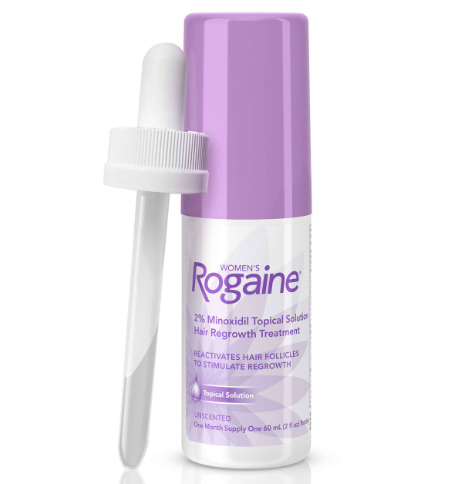
Minoxidil, which is also known as Rogaine. You can apply it to the area of hair loss twice a day. It works by enhancing blood circulation. However, you need to keep using it every day or it will not work as well as it could. This drug was initially introduced as a treatment for high blood pressure, but people who took it noticed that they were growing hair in places where they had lost it.
-
Finasteride
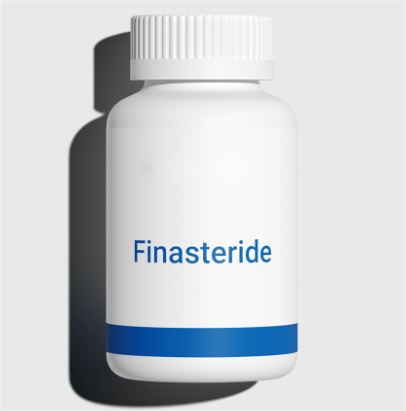
Finasteride, a prescription drug, comes in pill form. It works by reducing the production of a hormone associated with androgenetic alopecia, which in turn increases the area of hair covered on the scalp. It is important to note that this medication should not be used by pregnant women. Women can take more than 1 mg. Higher doses of finasteride may cause side effects, including erectile dysfunction and decreased sex drive in men. It can also treat male pattern baldness.
-
Spironolactone
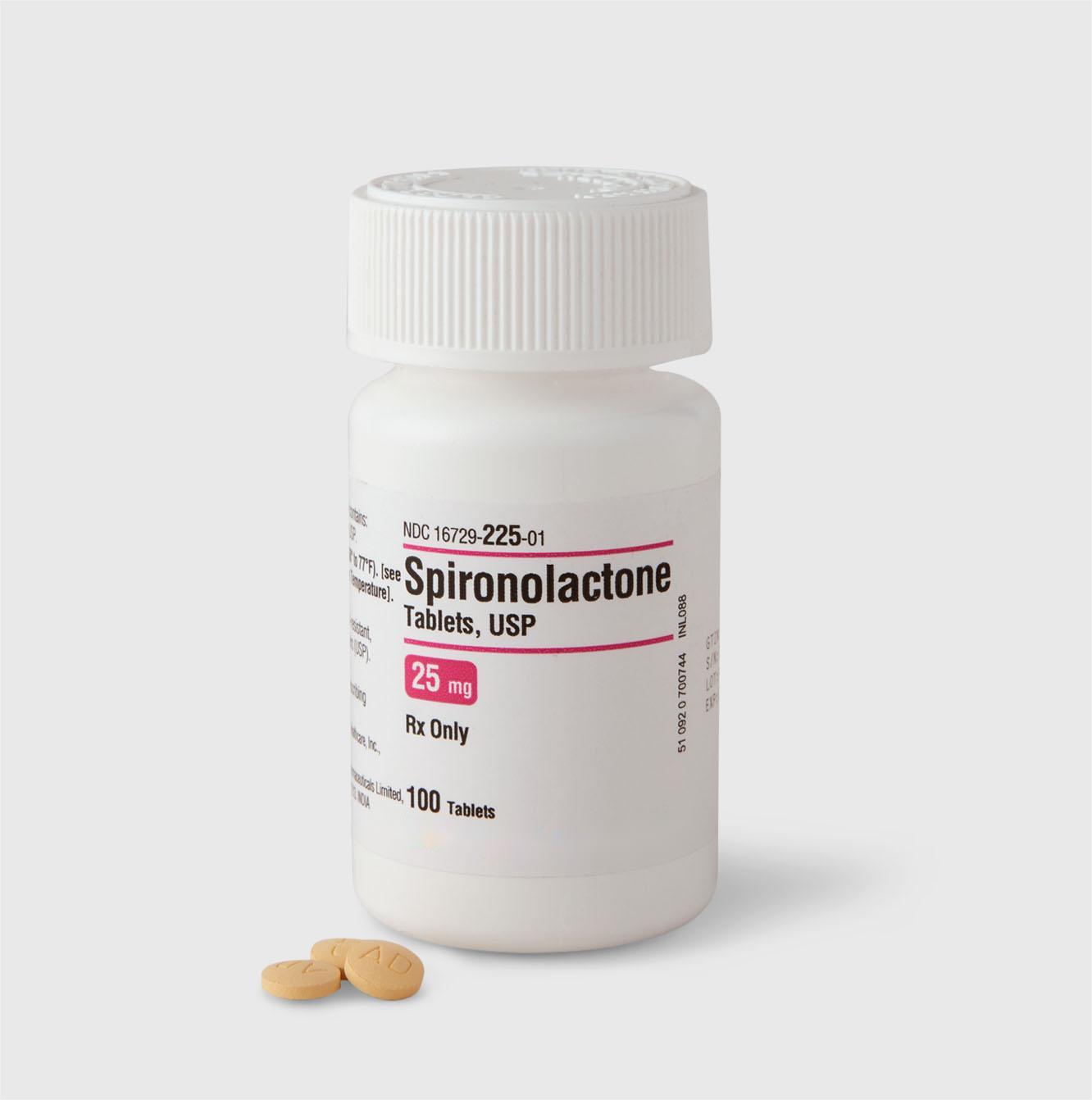
Spironolactone is also a prescription drug that is usually made in pill form. Like finasteride, it reduces hormone production. If you are a woman suffering from androgenetic alopecia, this medication can reduce your hair loss. Spironolactone should also not be used during pregnancy. Potential side effects of spironolactone therapy include easy fatigue, headache, breast tenderness, etc.
-
Levothyroxine
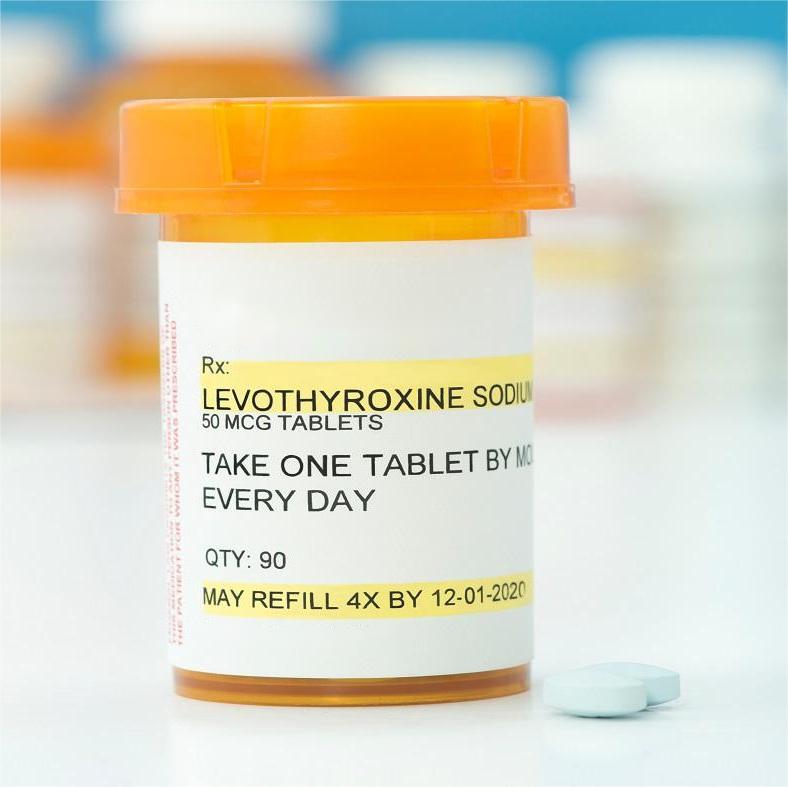
Levothyroxine, also known as T4, is a synthetic thyroid hormone. This medication produces the same hormone as the thyroid gland in your body. Levothyroxine is often used to treat patients who have hypothyroidism. When combined with other treatments, it can also be used to treat some forms of thyroid cancer. You can reduce female hair loss by taking levothyroxine. Common side effects include: increased appetite, fever, and diarrhea.
Measure #2 Healthy diet
-
Mediterranean diet

According to research studies in recent years, the Mediterranean diet has been shown to be effective in reducing the likelihood of androgenetic alopecia. By Mediterranean diet, we mean that the diet contains a lot of fresh, unprocessed vegetables and herbs, and they are able to slow down hair fall.
Some experiments have shown that the benefits from this dietary pattern can be maximized when people consume these foods (such as purple kale, lettuce, basil, parsley, etc.) for more than three days in a week and in certain amounts.
-
Replenish protein

Hair follicles are mainly made up of keratin (a type of protein). Most people with hair loss share a similarity: a lack of nutrients that stimulate hair growth. Amino acids, the building blocks of protein, are also important elements in the nutritional composition.
A protein-rich diet regimen is effective in preventing noticeable hair loss in women. You can choose the following foods to boost the protein content of your daily diet: eggs, soy products, milk and related dairy products, nuts, fish, beef, etc. But be careful to balance and not overdo it.
-
Vitamin A in moderation

Vitamin A helps hair follicles to produce sebum, a substance that stops hair breakage. The right amount of vitamin A is good for promoting strong hair growth, making it lush and strong. In addition, it moisturizes the hair and prevents moisture loss, thus reducing the risk of brittle hair.
However, the dose of vitamin A needs to be strictly controlled and too much can also cause hair loss.
Measure #3 Medical treatments
-
Low-level laser therapy
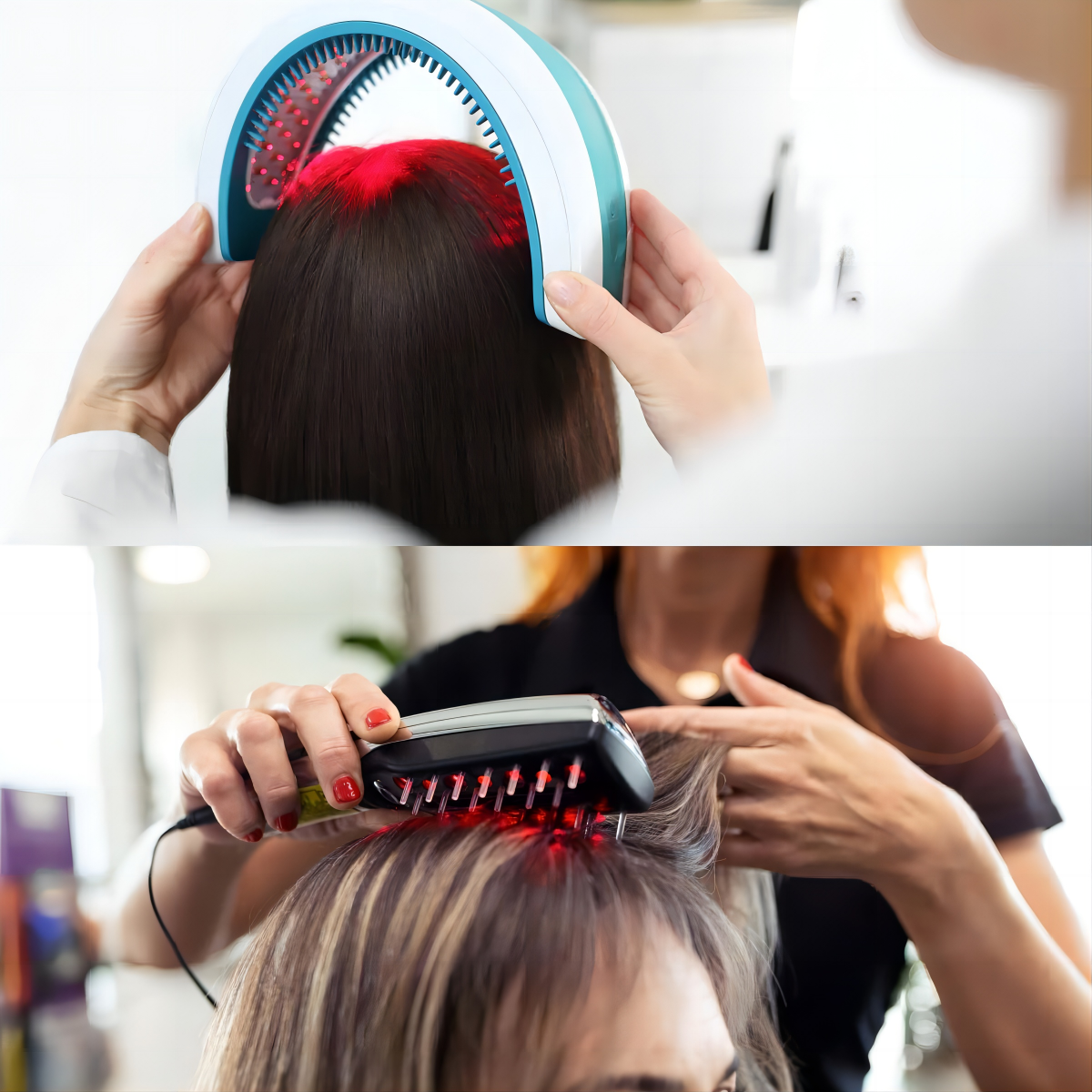
Low-level laser therapy (LLLT) can improve symptoms in people with hereditary hair loss and hair loss due to cancer treatment. It is also known as radiation therapy and can work by stimulating the stem cells in the superficial layer of the scalp.
Laser caps and combs are the main devices used in low-level laser therapy. They do not irritate the hair follicle cells, but gently penetrate the hair follicle. For people in the initial and intermediate stages of hair loss, these two pieces of equipment are perfect. Since they are portable, they are also easy to use at home.
-
PRP injection
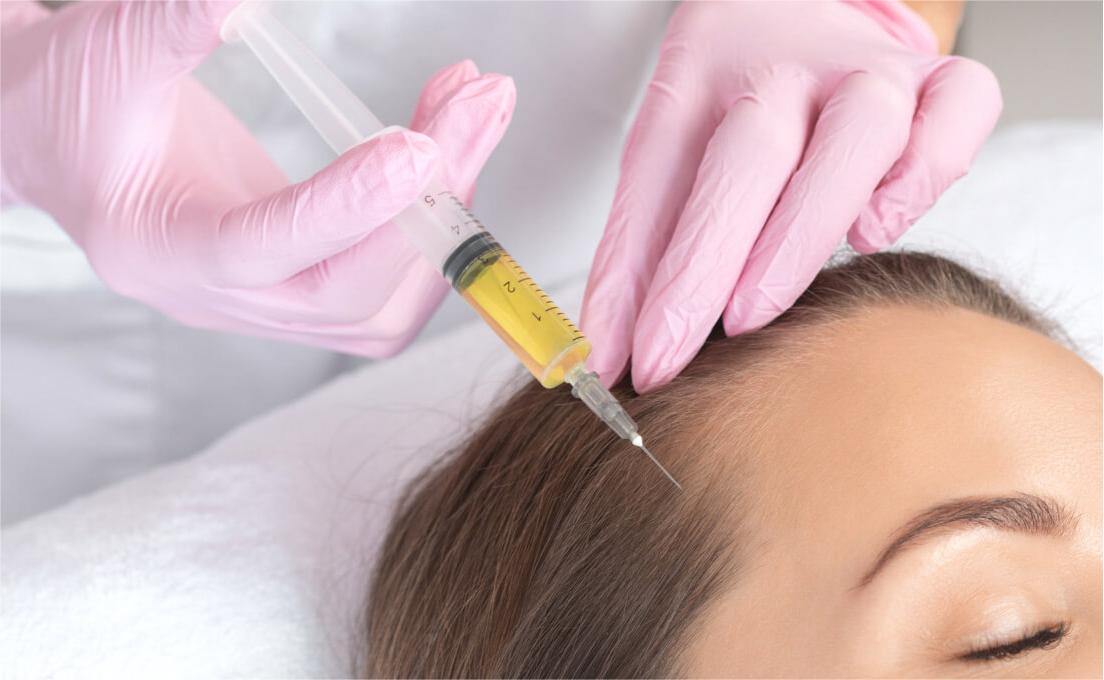
Platelet-rich plasma (PRP), also known as platelet-rich growth factor or platelet concentrate, is a platelet-rich plasma protein concentrate extracted from whole blood and centrifuged to remove red blood cells.
The PRP injection stimulates the hair follicles, allowing the hair to grow naturally. It provides more blood to the hair follicles and makes the hair strands thicker so that hair loss can be avoided. Combining this method with other medications can make the treatment more effective.
-
Hair transplant
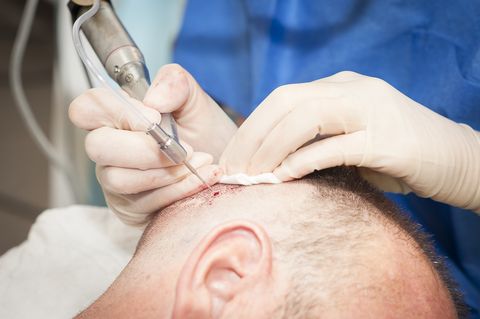
Hair transplant surgery involves transplanting hair you have already into areas where hair is sparse or absent, never filling in the gap. Once transplanted, the hair grows normally. Most people grow new hair 6-9 months after the procedure.
Hair transplants are less risky than other procedures. Although it requires a high cost, it is very effective and can give you permanent hair growth. In addition, your hair looks natural after the hair transplant.
Measure #4 Relieve stress
-
Find a support group
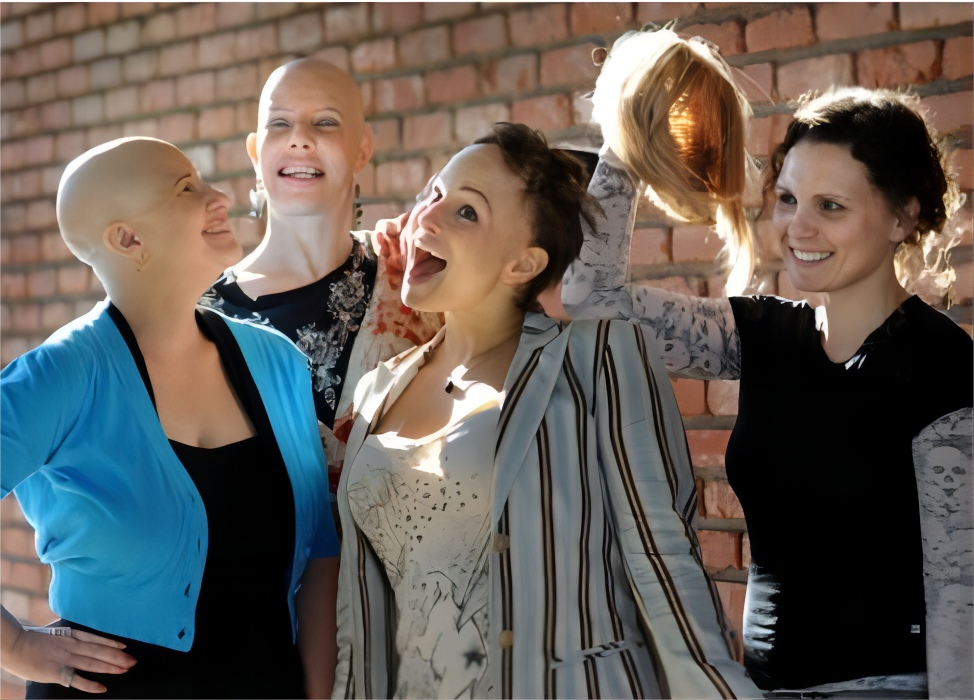
Don't sulk alone at home because of hair loss or other stressors that will only bring you negativity. You should be brave enough to face your imperfect hair - after all, no one is perfect. You can find a support group where there are many people who are in the same situation as you If you don't want to go out, you can find a support group online. With their advice and experience, you will be able to find the right treatment to cure hair loss.
-
Learn relaxation techniques

There are many ways to release stress on the Internet. Meditating in a quiet place, for example, helps clear your mind of distractions. Going to a yoga studio is also a good option. Practicing yoga relaxes your mind and body, improves your concentration, and can make your body strong and fit. Other relaxation techniques, such as reading and listening to music, can also help you to release and treat hair loss.
-
Exercise regularly

As the saying goes, "Life is about exercise". Indeed, all the organs in our bodies work hard every day. Exercise will make our bodies sweat and your worries will flow out with the sweat. Regular exercise not only releases stress, but also strengthens the body's immunity and develops good habits of self-discipline. If you can keep exercising regularly, then you are also sure to be able to manage your emotions and minimize the negative effects of stress.
-
Seek help from a therapist

If you are already deeply stressed and none of the above methods work for you, it's time to consult a psychologist to get help. Don't close yourself off, but confess your inner thoughts so that your doctor can more quickly find the source of your stress and a solution to treat it. Follow the doctor's instructions and your stress will be relieved.
Method #5 Active hair care
-
Wash regularly
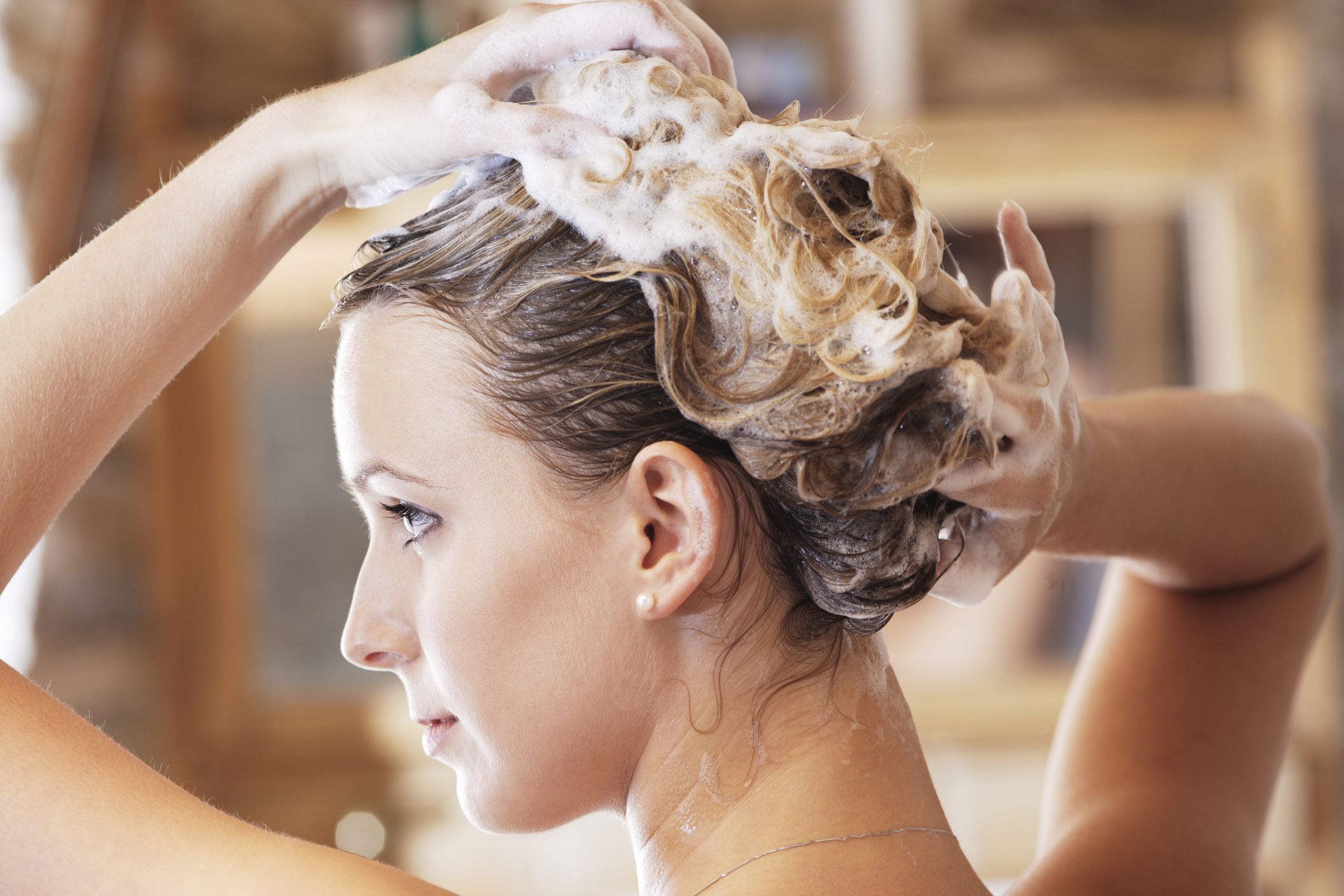
Washing your hair will cleanse your scalp and keep your hair clean and healthy. However, daily washing may damage your hair. Depending on your hair type, you can specify how often you wash your hair. Frequent washing can be a loss of moisture from your hair, making your hair dry and shapeless. Volumizing shampoos are rich in protein and can make your hair look fuller and fluffier. It is also important to use conditioner appropriately. Simply apply the conditioner to the ends of your hair. Avoid applying it close to your scalp, as that can over-nourish your scalp and make it look flat and collapsed.
Related: How To Create The Flawless Hair Care Regimen For Your Hair Type?
-
Gentle styling

Hairstyles such as too-tight braids, top knots , and wet styles are popular, but they can also cause your hair to fall out faster. All of these hairstyles put extra stress on the hair and the roots will then inevitably pull on the scalp, which can lead to hair loss. Hair coloring and perms can injure the proteins in your hair and increase the risk of hair loss. The chemicals in bleach and dye may prevent your hair from growing in a healthy way. Reduce the use of heat stylers, devices like curling irons and straighteners can weaken the texture of your hair.
Related: 32 Heart-Thumping Valentine's Day Hairstyles For 2023
34 Superb Holiday Hairstyles To Glitter In All Festivities
-
Wear wigs or toppers

If you like to change your hair style but don't want to damage your hair, wigs and toppers can meet your requirements. If your hair is thinning, a full wig is probably going to be overkill, so consider adding toppers or extensions. If you’ve lost all your hair as a result of alopecia or chemotherapy, a wig might be a way to camouflage your scalp on an occasional or regular basis. We recommend you take a look at wigshe, you will find wigs and toppers that fit you perfectly!
Related: Hair Damage: What Causes It And How To Deal With It
How To Choose Your First Human Hair Wig?
The Most Comprehensive Guide For Hair Toppers 101
Measure #6 Take supplements
-
Multivitamins

Vitamins and minerals are important for the process of hair growth and retention, especially for cell turnover. You can take the following supplements according to your individual needs: vitamins A, B, C and D, iron, selenium, zinc. If you do have iron deficiency, you will need to take a supplement and it may stop your hair loss.
-
Biotin

Biotin - vitamin H or B7 - is involved in fatty acid synthesis in the body. This process is critical to the hair life cycle and if you are deficient, you may experience hair loss.
-
Saw Palmetto
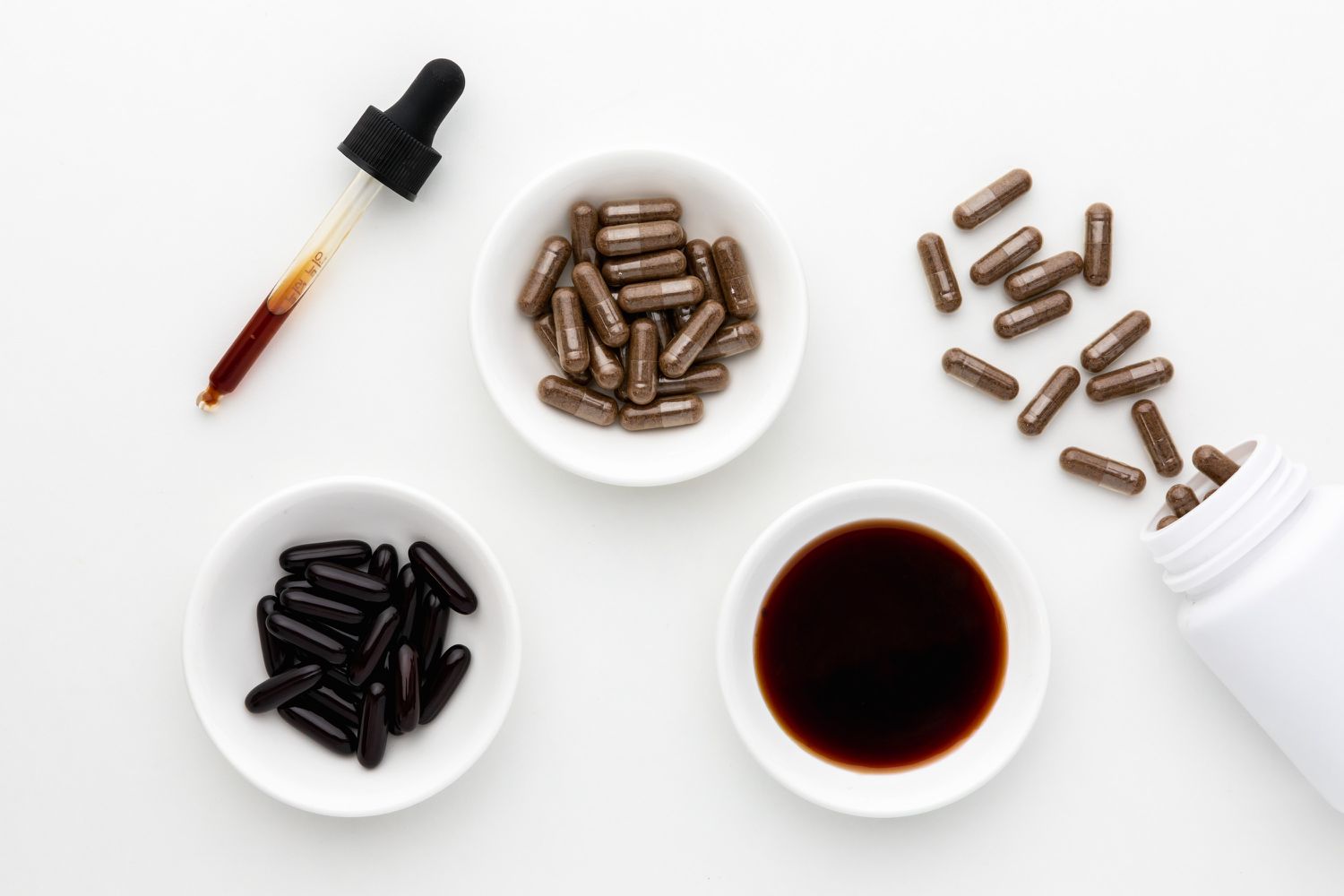
Derived from the fruit of the American dwarf pine tree, this herb may help men maintain testosterone levels. According to studies, saw palmetto in doses of 100-320 mg can help improve hair quality, volume and hair density. The authors concluded that saw palmetto could help people suffering from AGA, trichotillomania and self-perceived thinning hair.
-
Vitamin D

Vitamin D stimulates the hair follicles, helps regulate the cell cycle, causes your hair to grow and helps thicken existing hair. When your body is deficient in this vitamin, your hair will suffer. It is very effective for baldness and alopecia areata.
Vitamin D is intricately involved in various signaling pathways of growth and differentiation of hair follicles. Most studies show an inverse relationship between serum vitamin D levels and non-scarring alopecias such as telogen effluvium, androgenetic alopecia, alopecia areata, and trichotillomania. Vitamin D deficiency is also associated with scarring alopecia.
-
Ginseng

Ginseng contains certain phytochemicals that can promote hair growth on the scalp. Further research is needed to recommend specific doses. In the meantime, discuss ginseng supplements with your doctor before adding them to your diet.
Final Thoughts
If you are troubled with hair loss, try these measures. I hope the above measures can help you! To learn more about hair, please visit our blog, which will give you a lot of practical knowledge. We warmly welcome you!
Images credit: Google, Pinterest.
